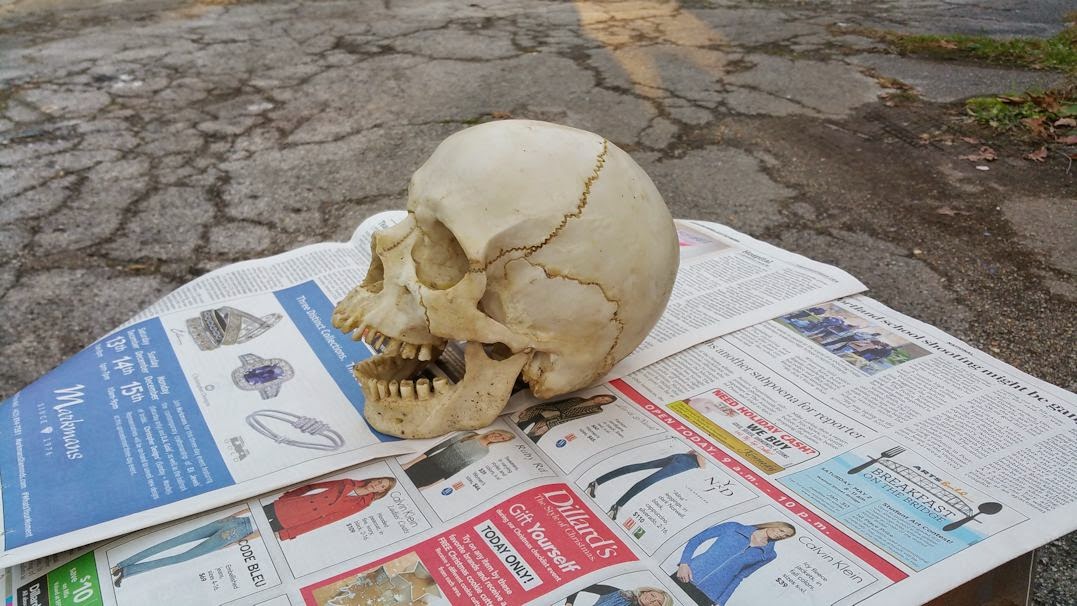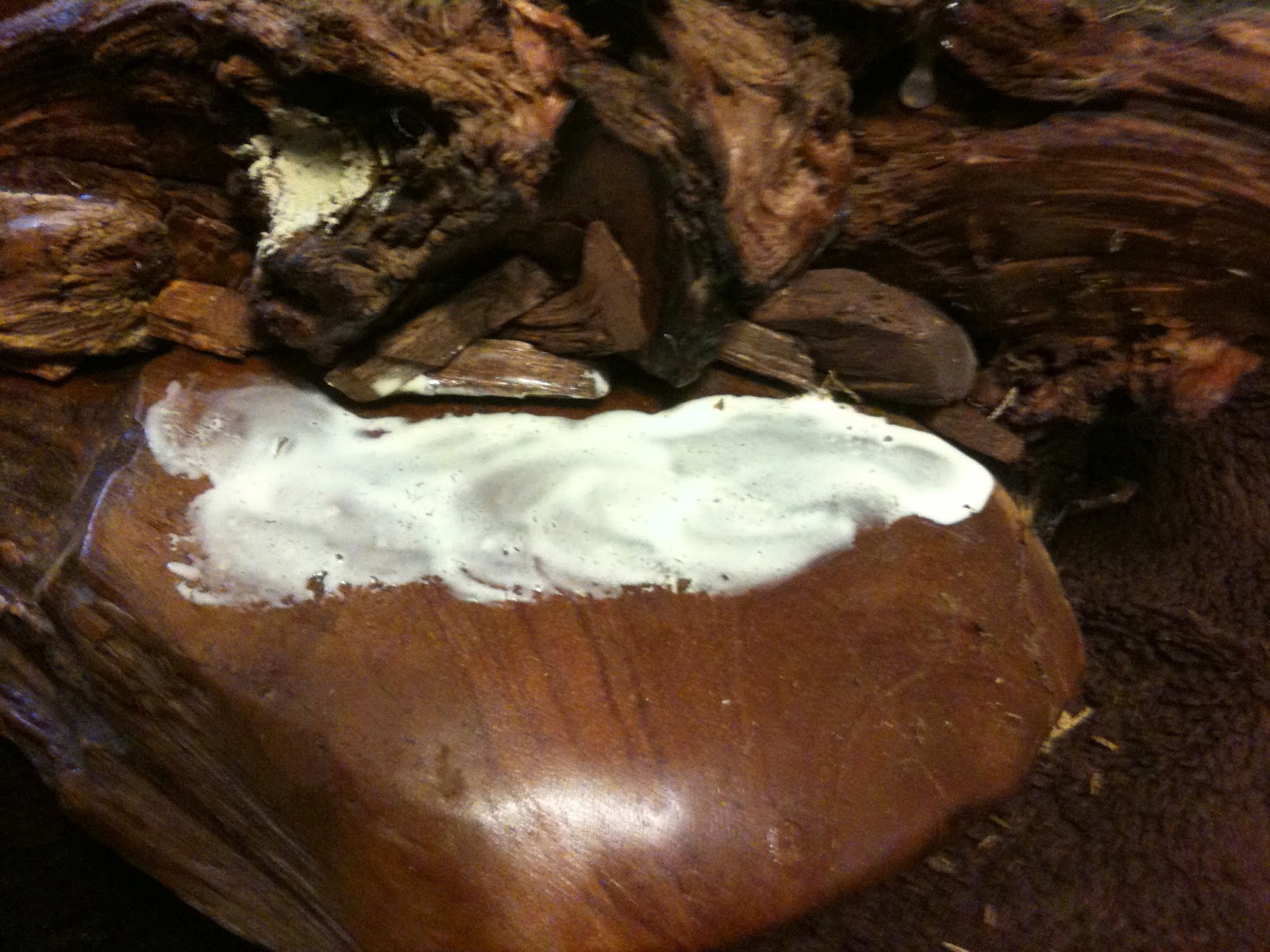I've been watching these baggy seeds like a hawk after an accident with the one in the soil (ahem, some alert readers may have spotted my cat in the background of some pictures, three guesses what happened), and although it doesn't really show up too well in this photograph, I do believe its reached the point where it has actually germinated, but not yet split the seed casing to send out roots and stem.
If I'm right, and I think I am, this is the perfect time to transfer the seed into some soil. No delicate bits hanging out to be damaged by the move, and pushing up through the rough soil helps remove the seed case. So, time to sterilize some soil!
Now, people will tell you all sorts of things about sterile soil, and it is very helpful to have it. Thing is, lots of those people will recommend buying it that way or using some kind of inorganic mixture, and I don't like that. Sterilizing regular old potting soil is quite easy. I just put a bowl full of soil in the microwave for 5 minutes on high. That much heat will kill anything, and you know you're good when you take it out and your dirt is literally steaming like a bowl of soup. Smells like a potato when you microwave it too, makes me kinda hungry. After I take the soil out, its fairly dry, most of the water having boiled off. So, to prepare it for seeding, I wet it back down. With hydrogen peroxide. Anything the heat doesn't kill, the peroxide will. Any buggers that can survive that double whammy deserve to have their fair shot at my seedling, they've earned it!
Anyway, the container of choice at the moment is this self watering herb container I got a couple years back. The clay pot has no drainage holes in it, but is unglazed. It sets into a larger fully glazed container that holds the water. The raw fired clay of the inner container absorbs water and then transfers it inside, kind of like a chia pet in reverse. It keeps the soil inside at a nice slightly moist level at all times without having to pour water directly on the seedling. Little roots are easy to damage, so you don't wanna wash the poor thing away.
And for now we have a temporary setup ready to go. Looks like I had better spend my day off tomorrow cleaning out a spot for the cabinet, I just might be needing it here very soon! Its fully painted and ready to be reassembled, I just gotta make room for it, and I think anybody can understand my having put off cleaning the junk room!






















































